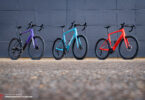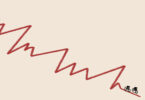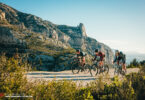Where and how is the Pinarello Dogma built? And why is the Italian manufacturer forced to reprint all of its T-shirts? What’s the situation with the company HQ in Treviso? We visited Pinarello in person, grabbed a Dogma F10 and took it to the Alta Badia valley in the Dolomites.
If you carry a mental picture of Team Sky’s success and appearance it will be hard not to imagine Pinarello’s factory like a super modern high-tech facility. But in reality the company’s HQ in Treviso — just 30 km from Venice — looks totally different.
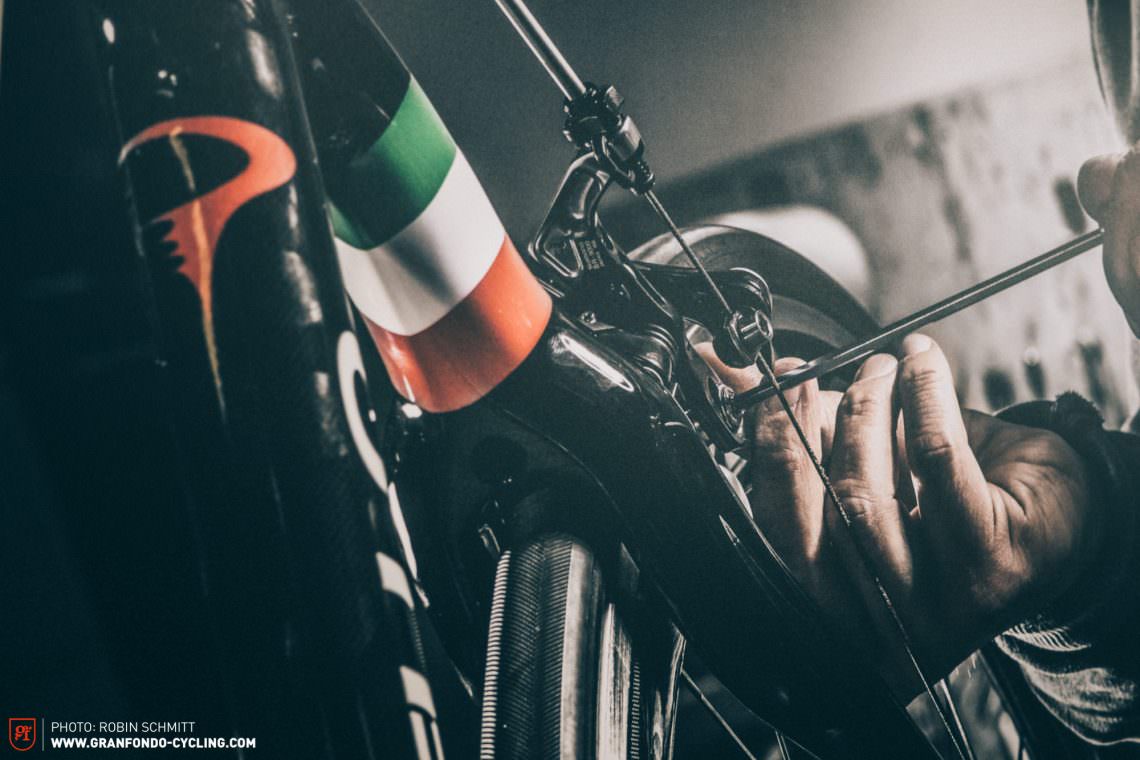
Cicli Pinarello was founded in 1953 by pro-cyclist Giovanni “Nani” Pinarello in the heart of Treviso. He started his own venture after his team decided to take him off the Giro d’Italia selection. But two years earlier Nani had already learned that with “defeat” sometimes good things come along — wearing the black jersey at the Giro d’Italia gave him lots of exposure. Not taking part in the Giro allowed Nani to realize his dream and set up his own small bike-business and workshop — he was going to manufacture all of his bikes by hand.
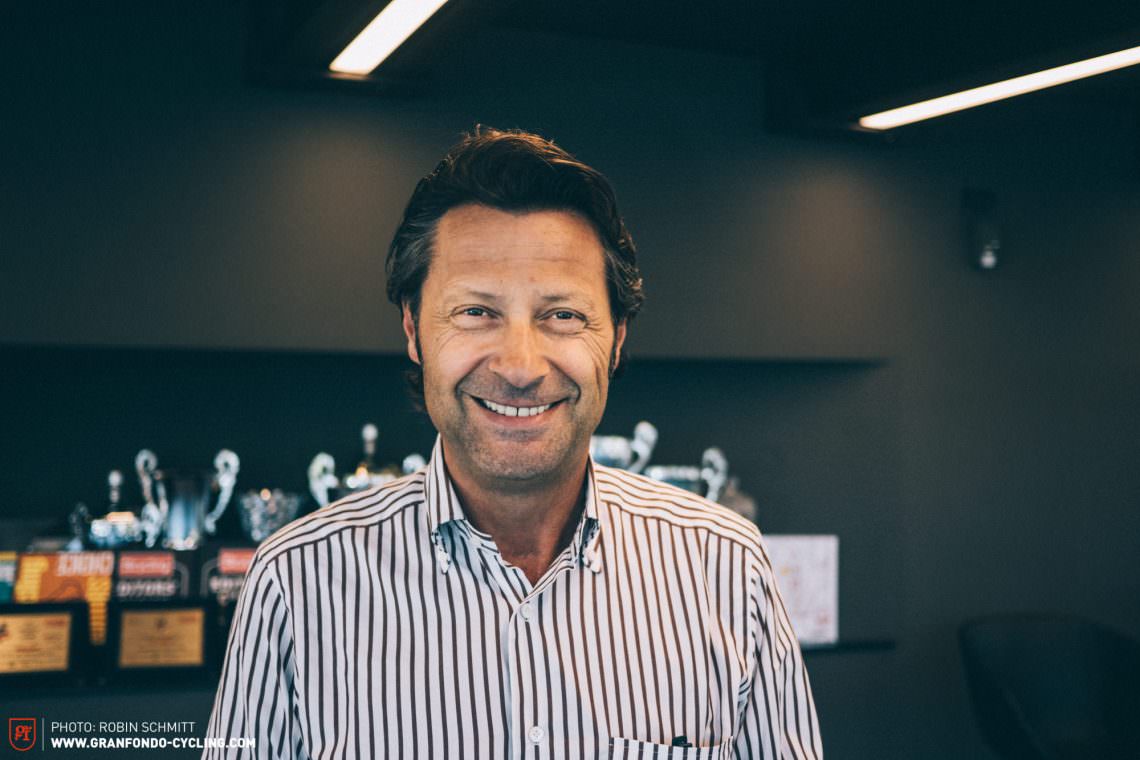
When the business started growing in the 70s and 80s the headquarters were moved to the outskirts of Treviso — Nani’s son Fausto joined the company in 1988. At first Fausto made himself helpful in the paint shop but his dad had already started teaching him all of the essential lessons to being a successful entrepreneur. When Fausto turned twenty his dad assigned him the first managerial tasks — and Fausto knew how to make use of them. His instinct towards targeting “second-class” teams with great potential was going to shape the success of Cicli Pinarello later on. The 90s were his witness… and so were we when Luciano — general manager at Pinarello — took us to the sacred locker at the back of the warehouse. Here are stored all of the most important rider-data of all historical teams. But first things first.
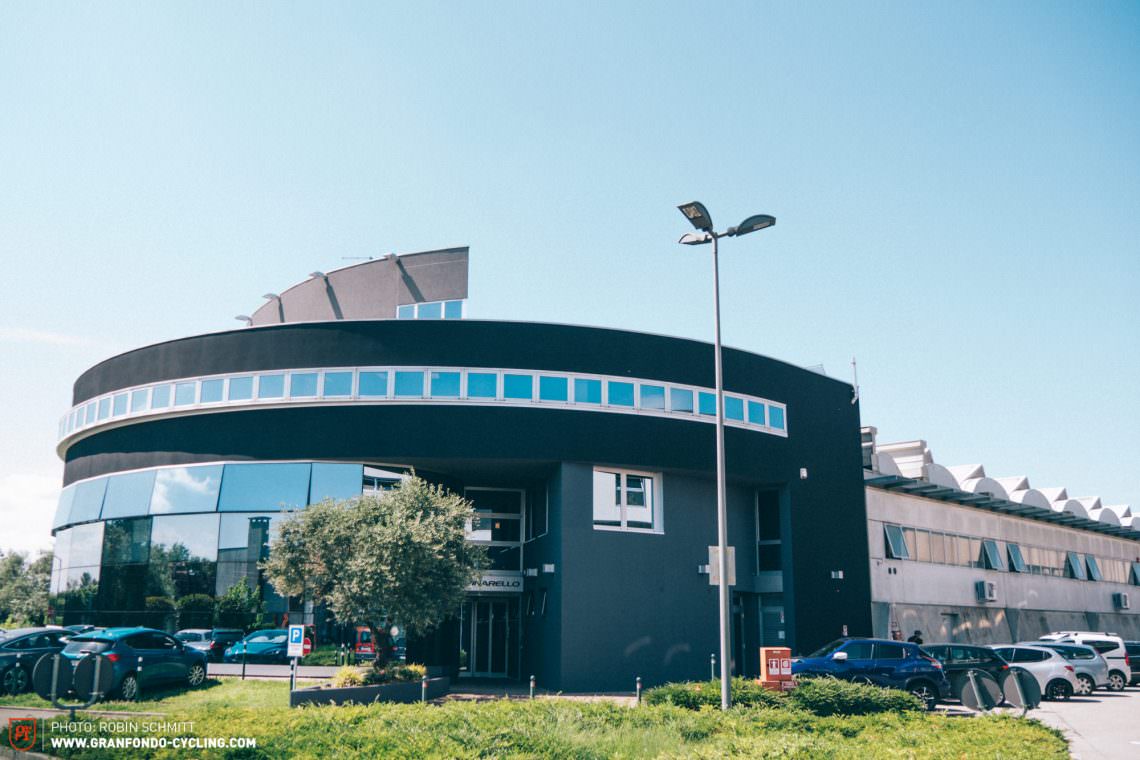
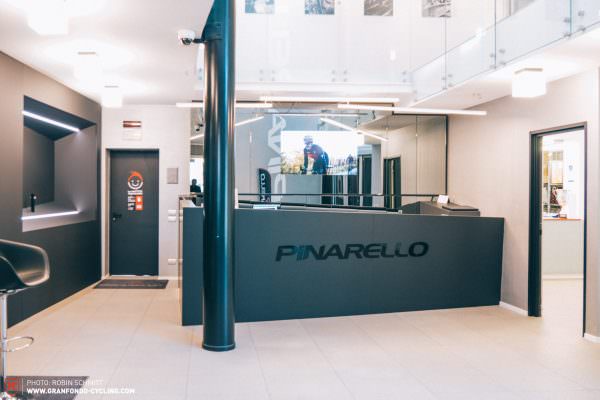
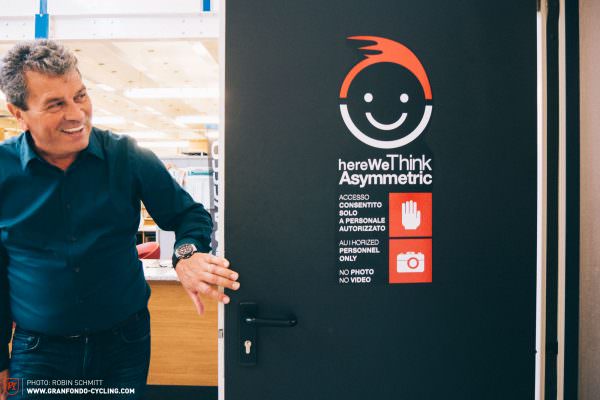
Today the company’s HQ is located in the original 70’s paint-factory where an office complex was built 10 years ago. Within sight of the HQ the Italians are currently planning to open a new flagship store that will be more representative of the brand and offer a wholesome Pinarello experience.
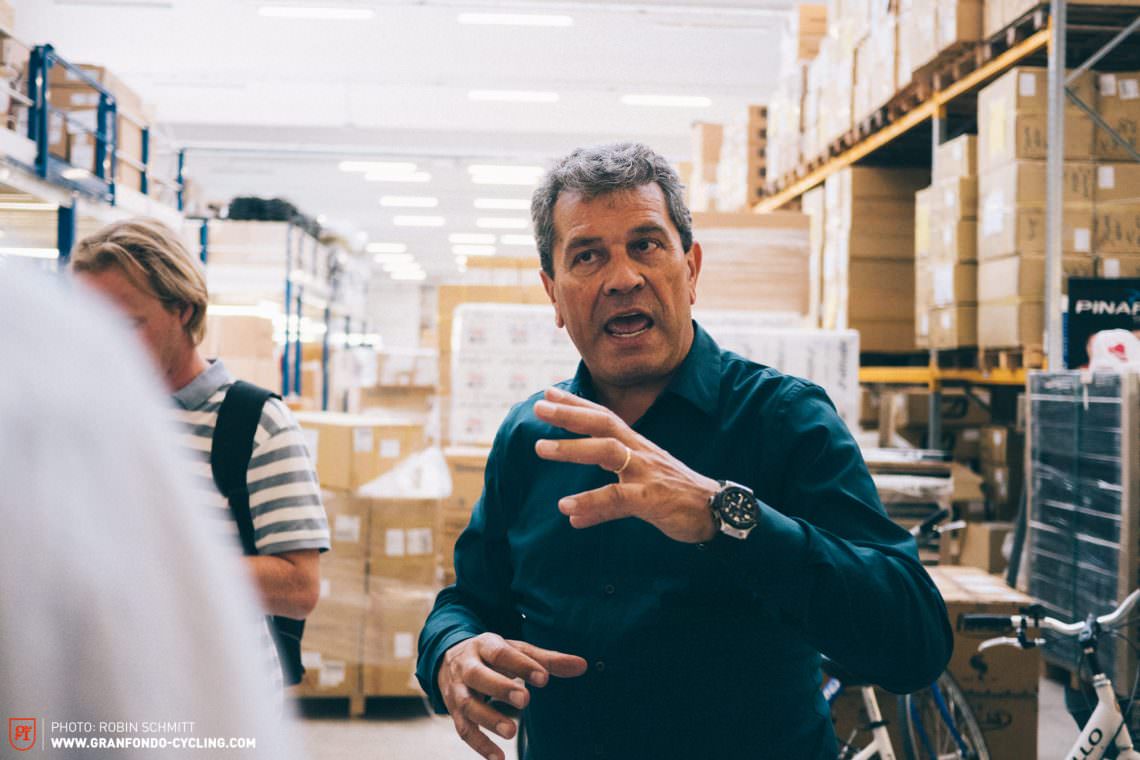
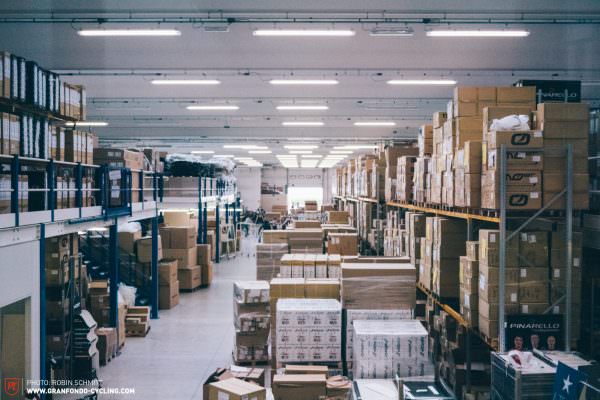
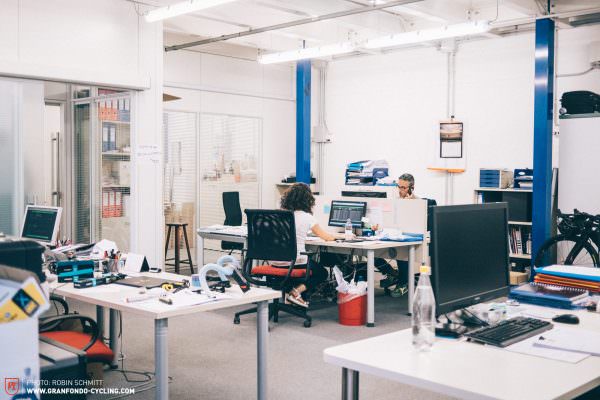
Luciano showed us around and elucidated us throughout our visit: if you expect Pinarello to be a massive corporate because of its commitment with Team Sky you’re wrong. Pinarello produces only about 35,000 bikes per year and the Dogma is their strongest model with about 12,000 units.
With this information and brief introduction to Pinarello’s history we were curious to see what the production-side of things looks like. All frames are manufactured in Asia and only the painting and assembly of the Dogma models takes place at the company’s headquarters in Treviso.
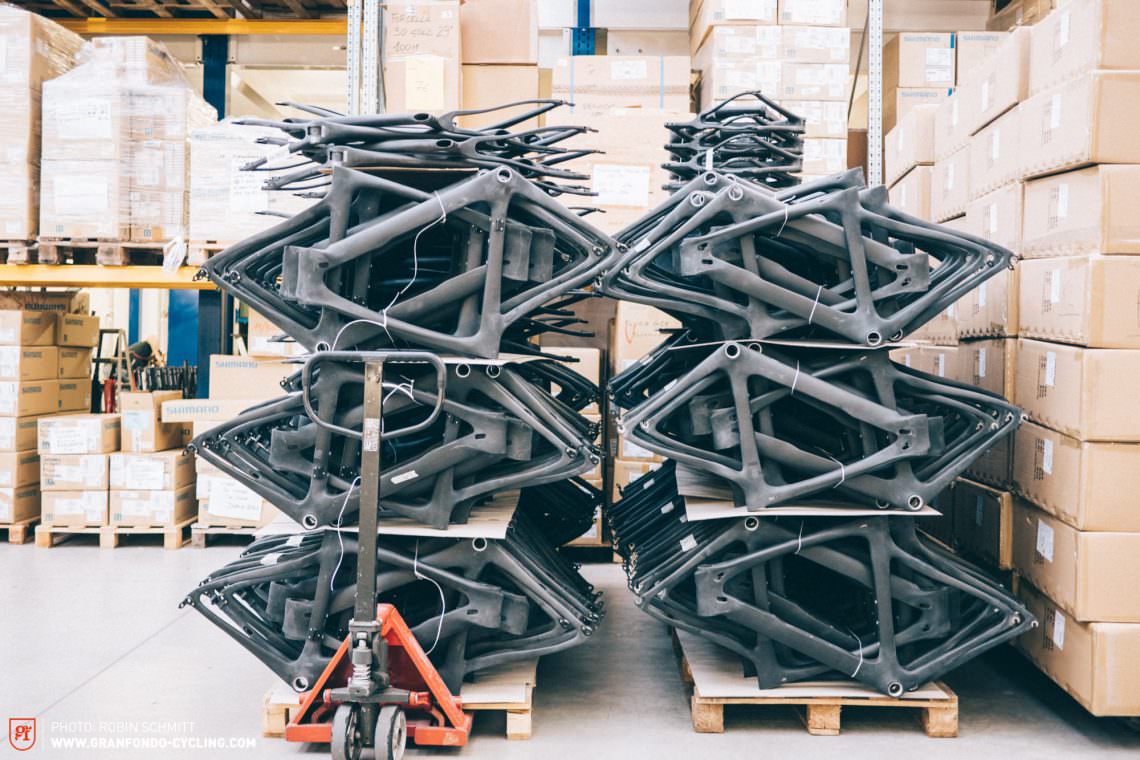

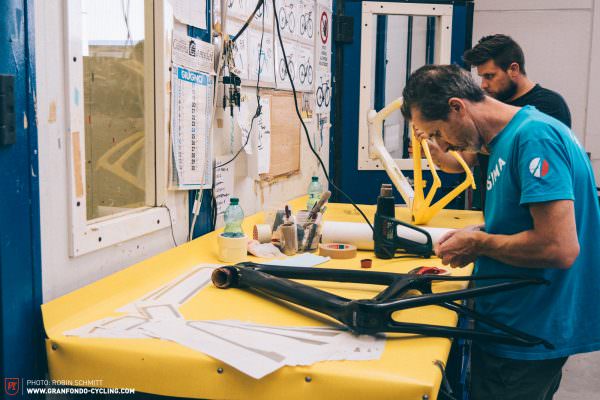


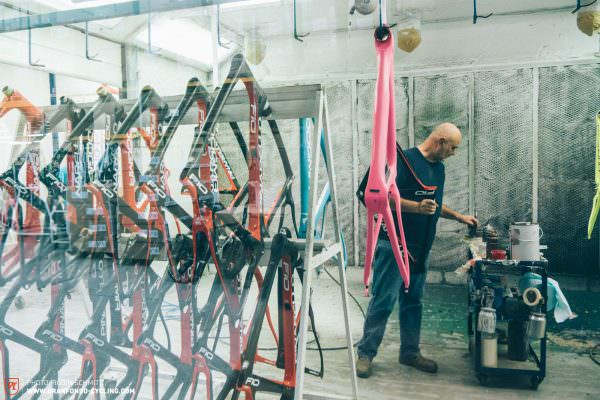
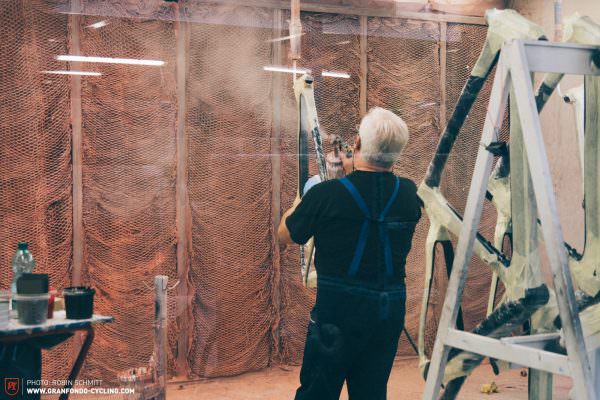
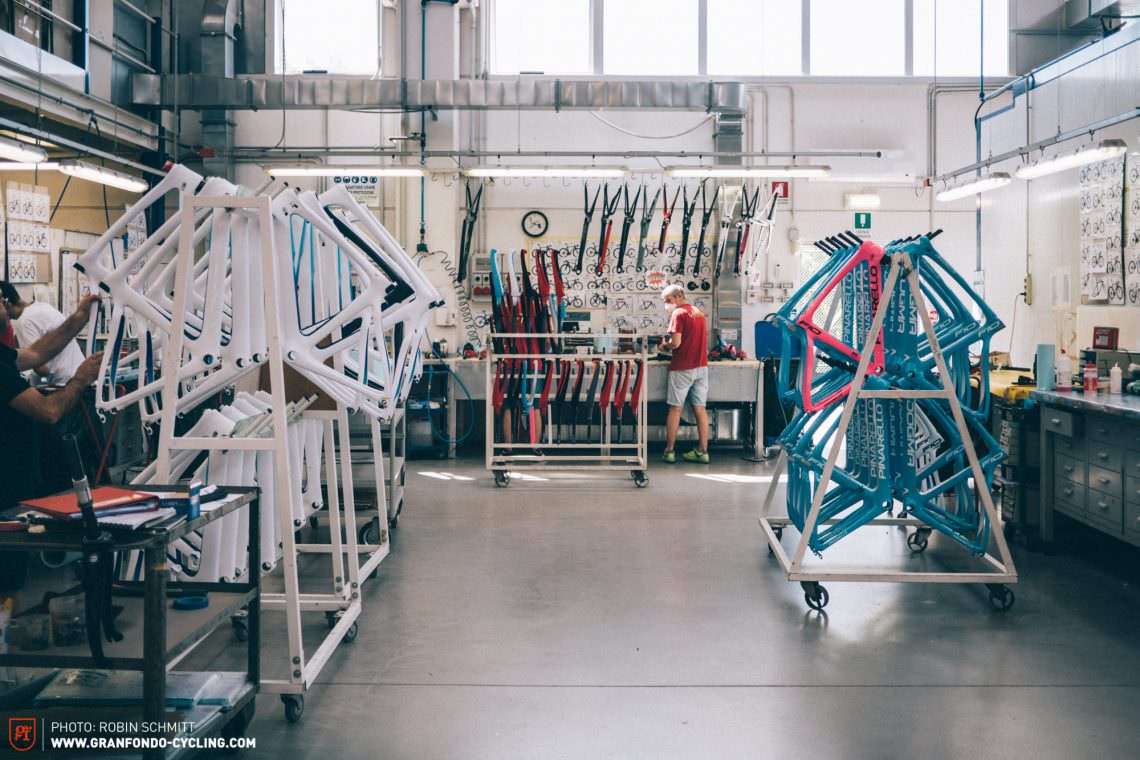
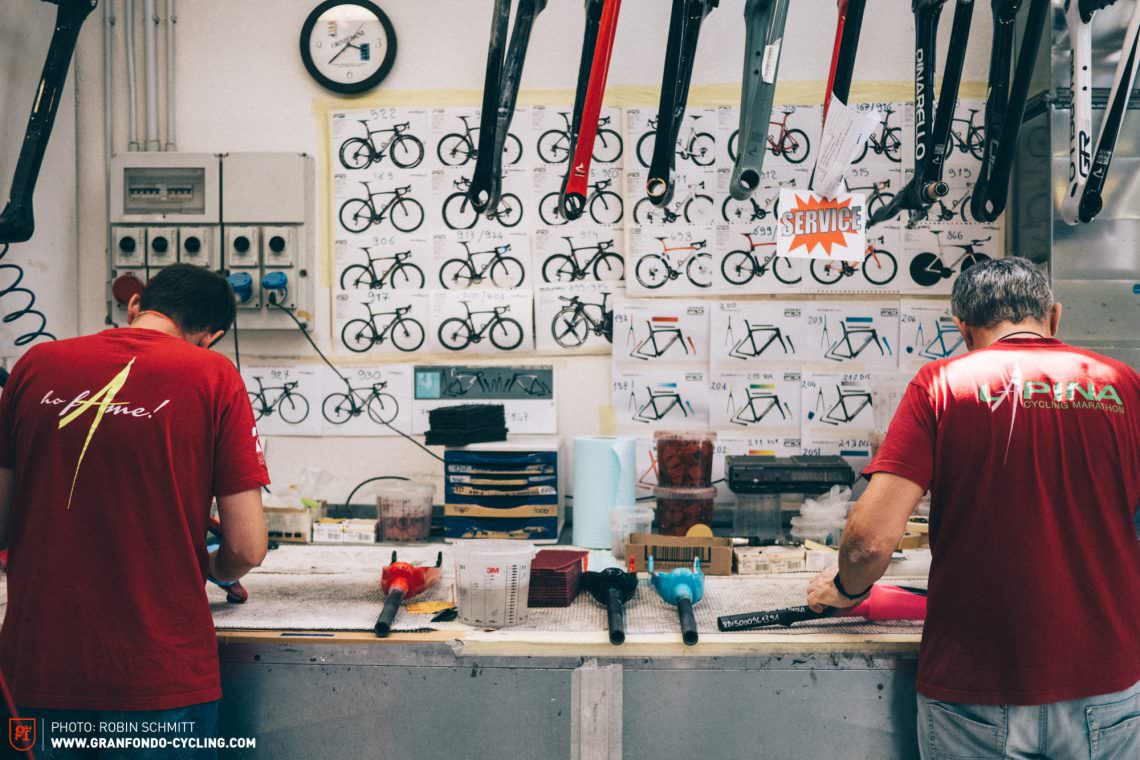
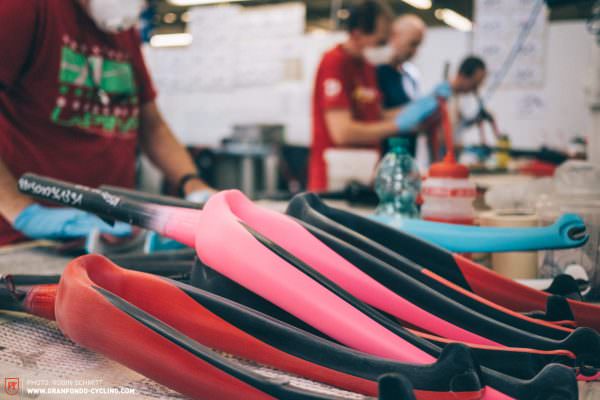


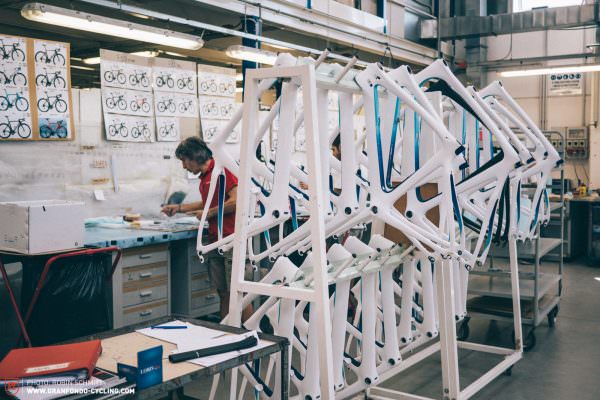
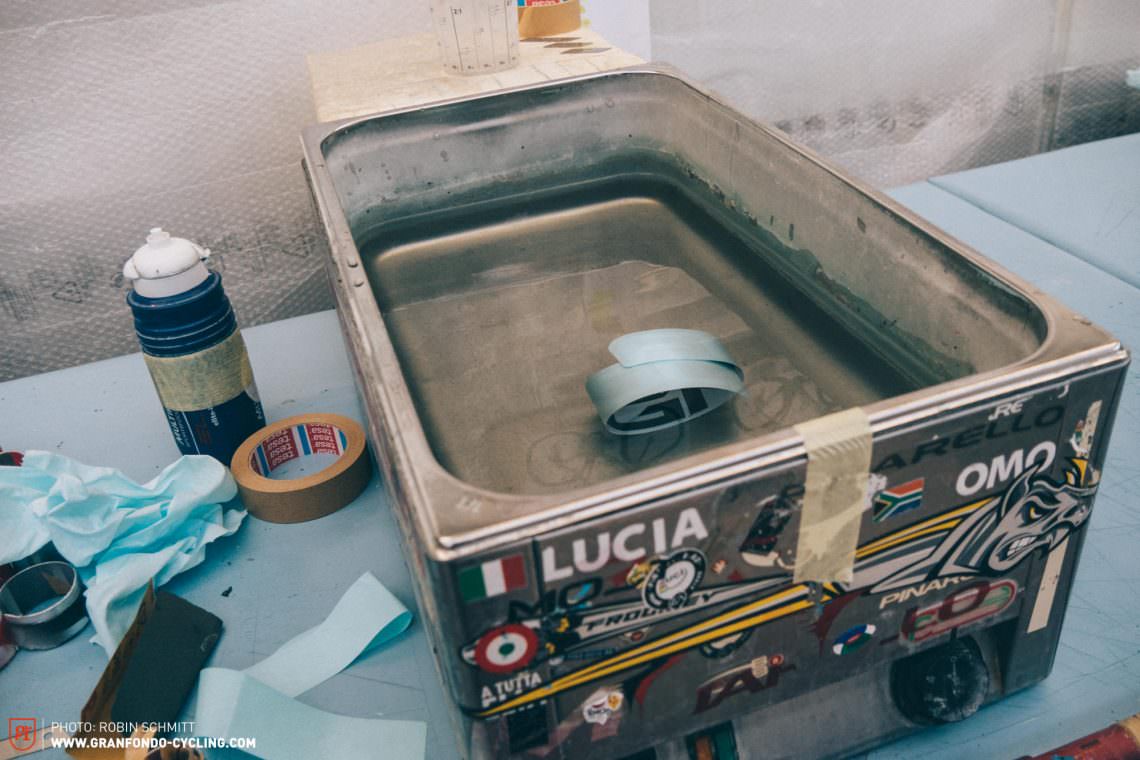
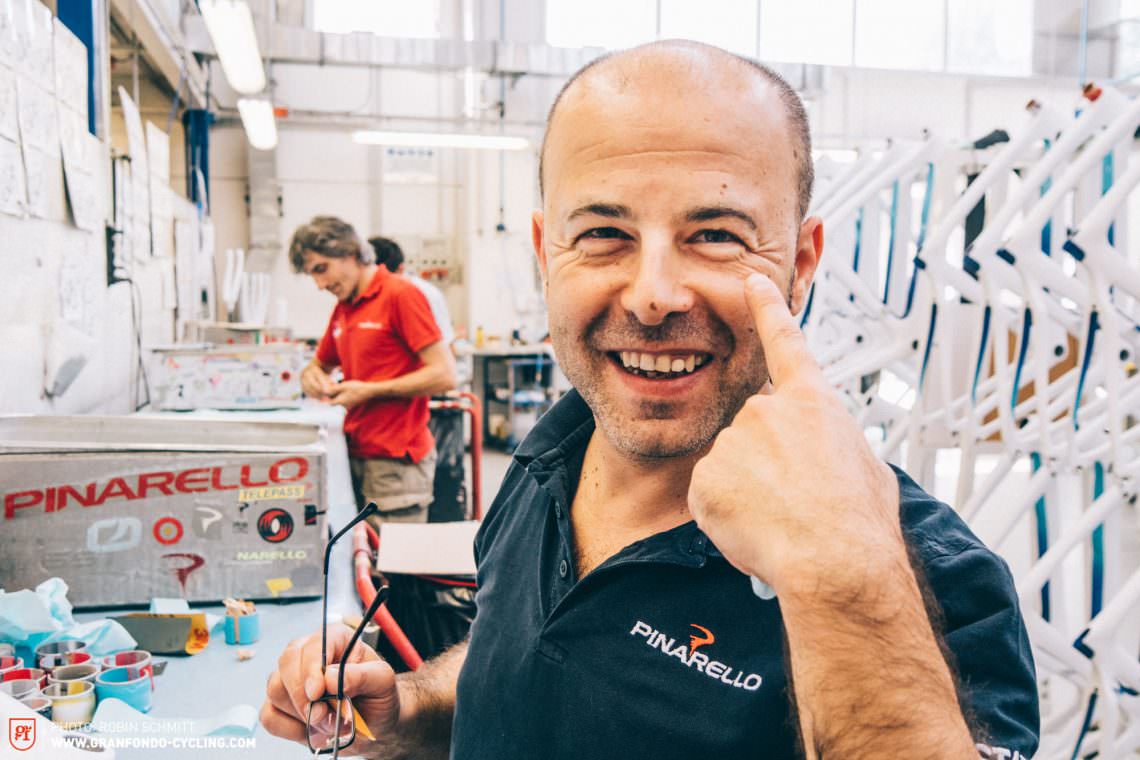

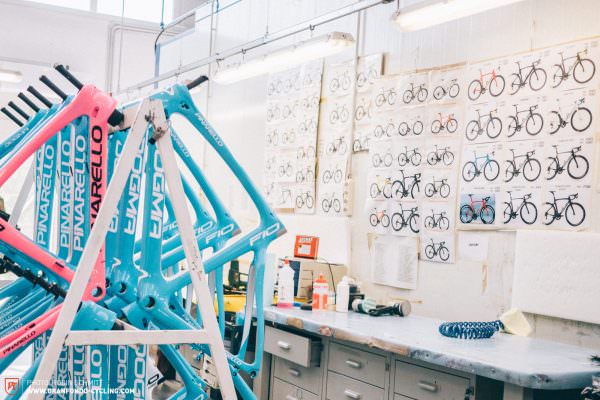
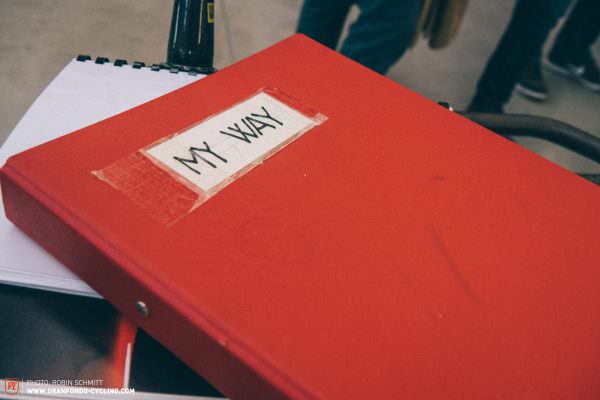

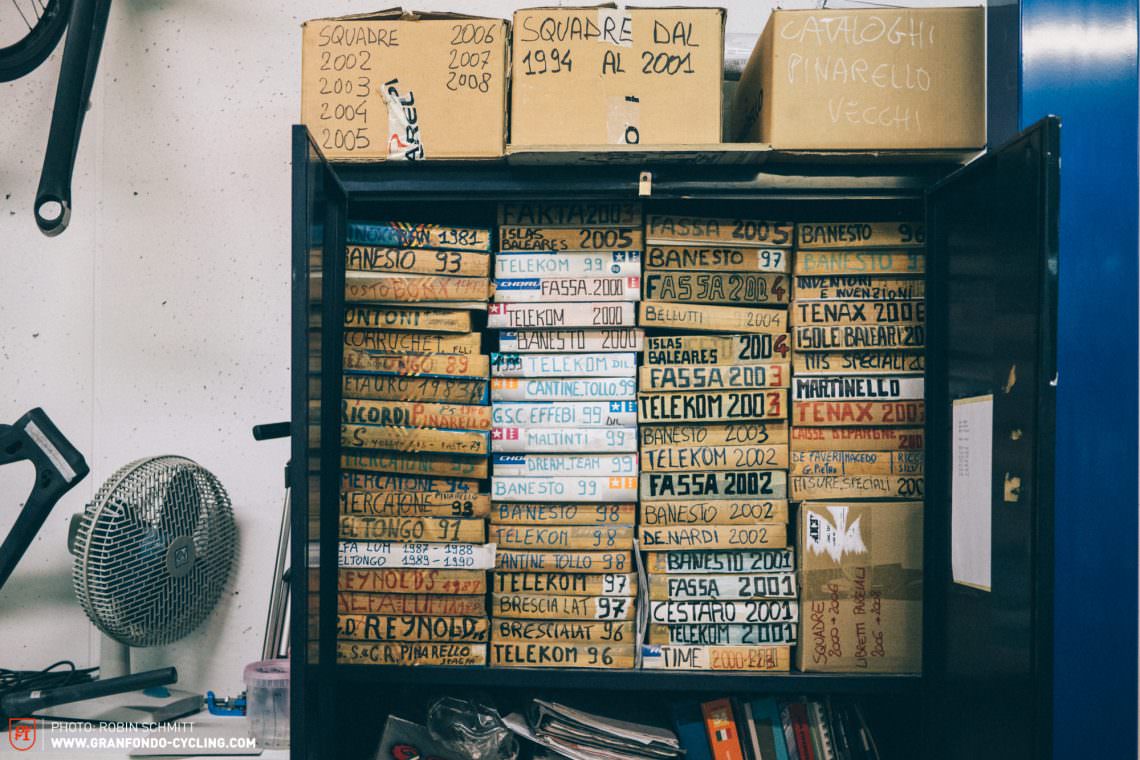
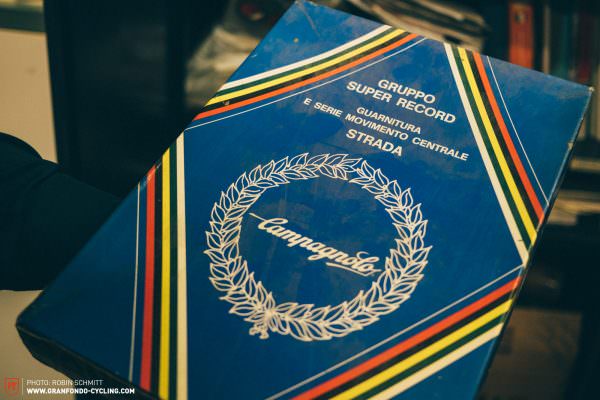
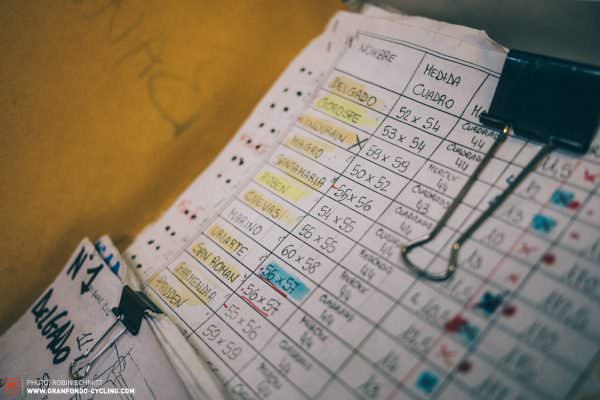
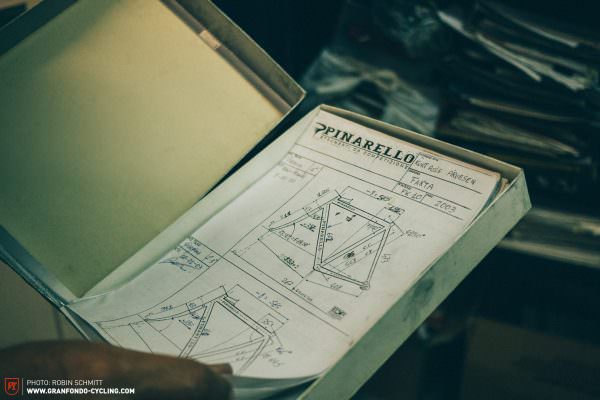

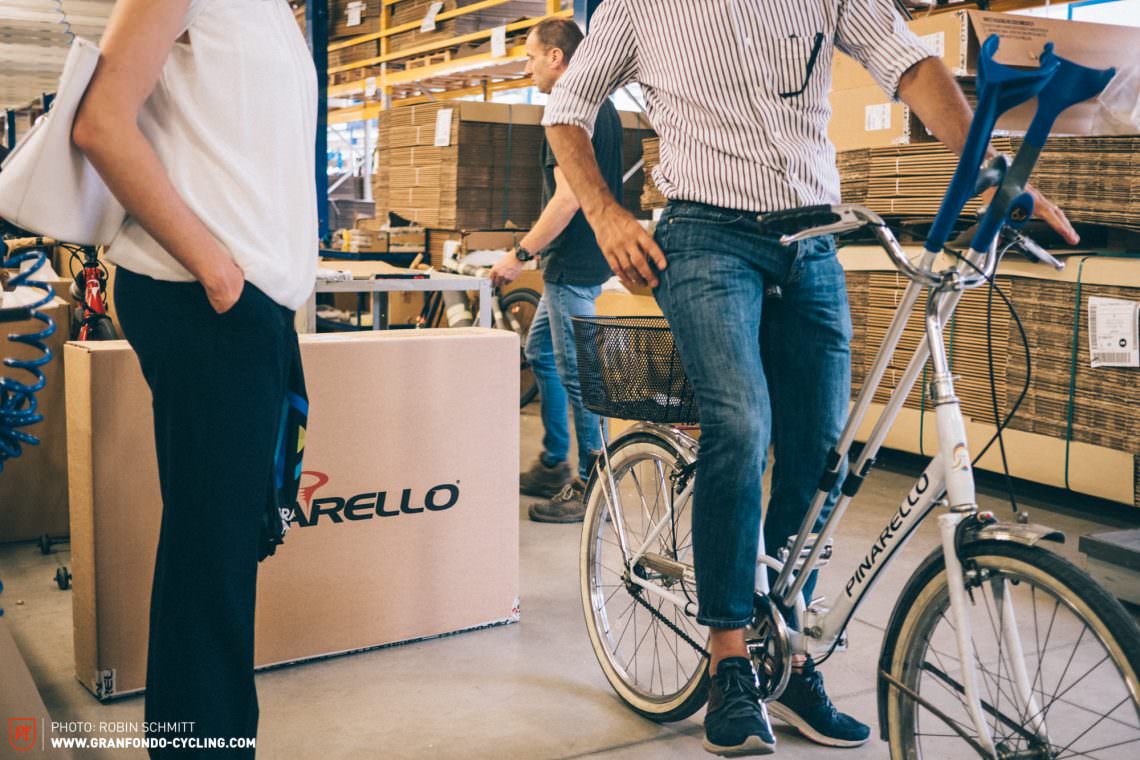
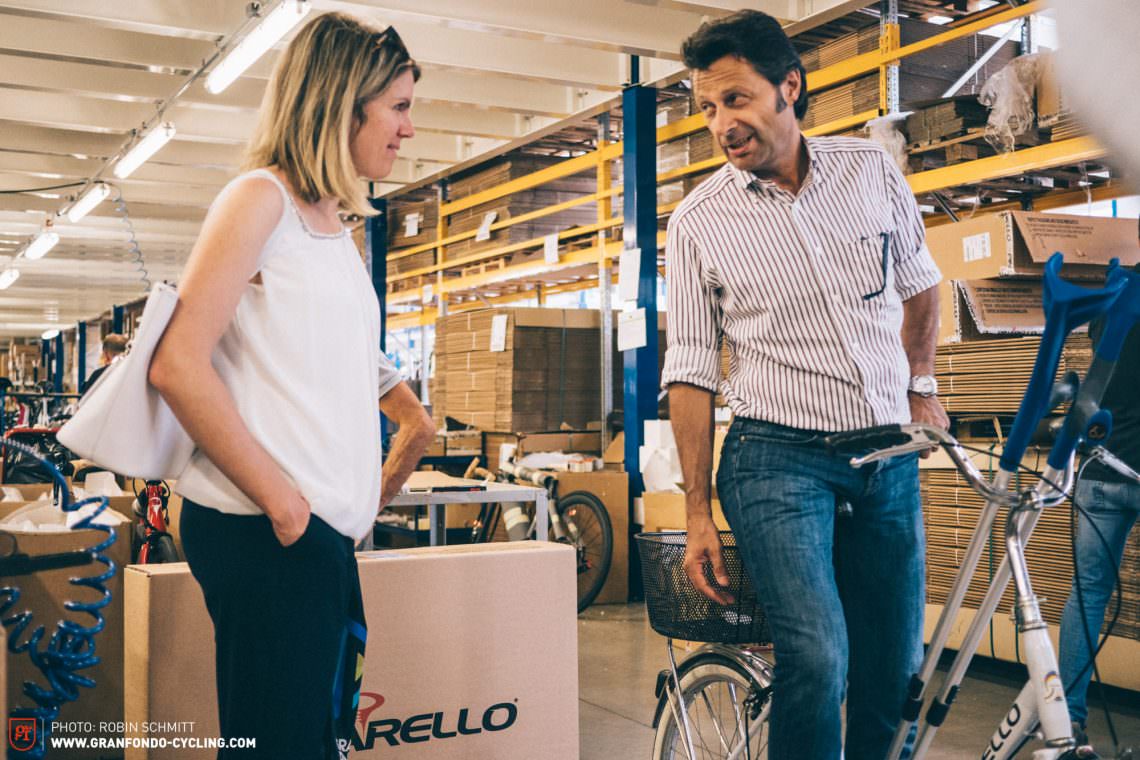
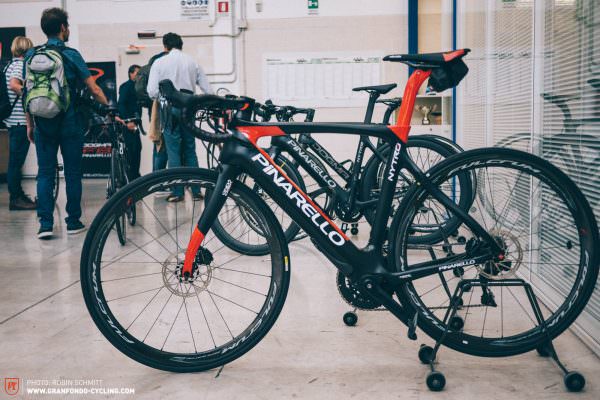
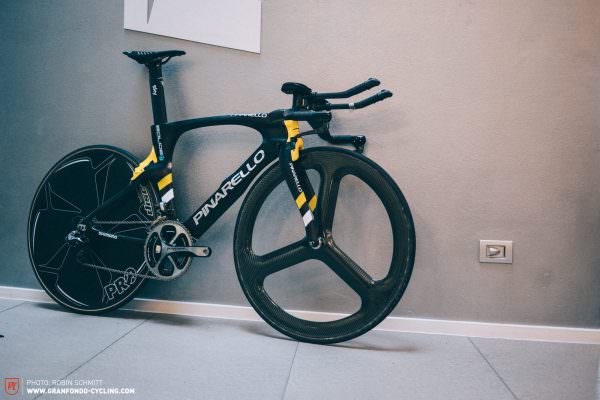
At the end of our factory visit we bumped into two more interesting bikes. The first was Luciano’s current favourite bike the Nytro. He’s enthusiastic about the new possibilities that electric road bikes offer — and so are we. The second one was Chris Froome’s time trial bike from last year’s Tour de France. Pinarello doesn’t have a huge model range but these two bikes are the proof of how flexible a modern manufacturer has to be. It’s an harmonious balance between innovation and tradition, a commitment to both the professional and amatorial sectors: a successful company is like the Tour de France. Your team, your strategy, your calls and your endurance – that’s what really matters and not the bigger wallet. The star of the last race could be the Gregario in the next one. And that’s not a contradiction but a clever tactic.
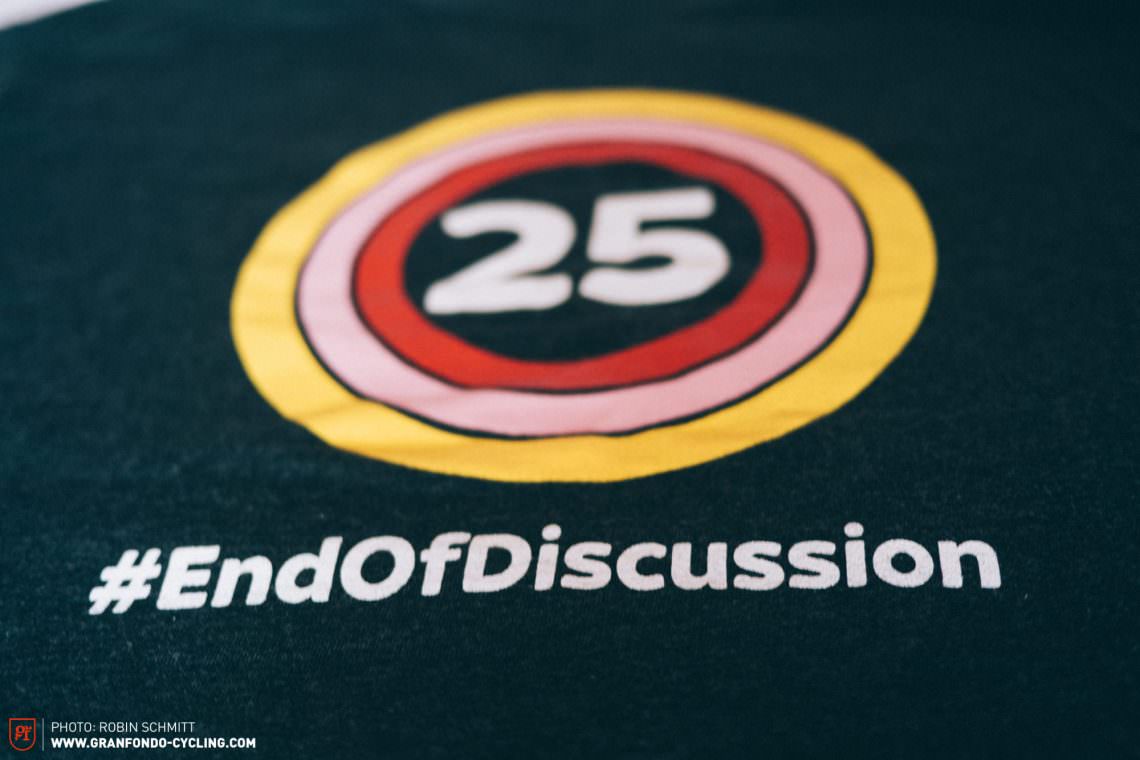
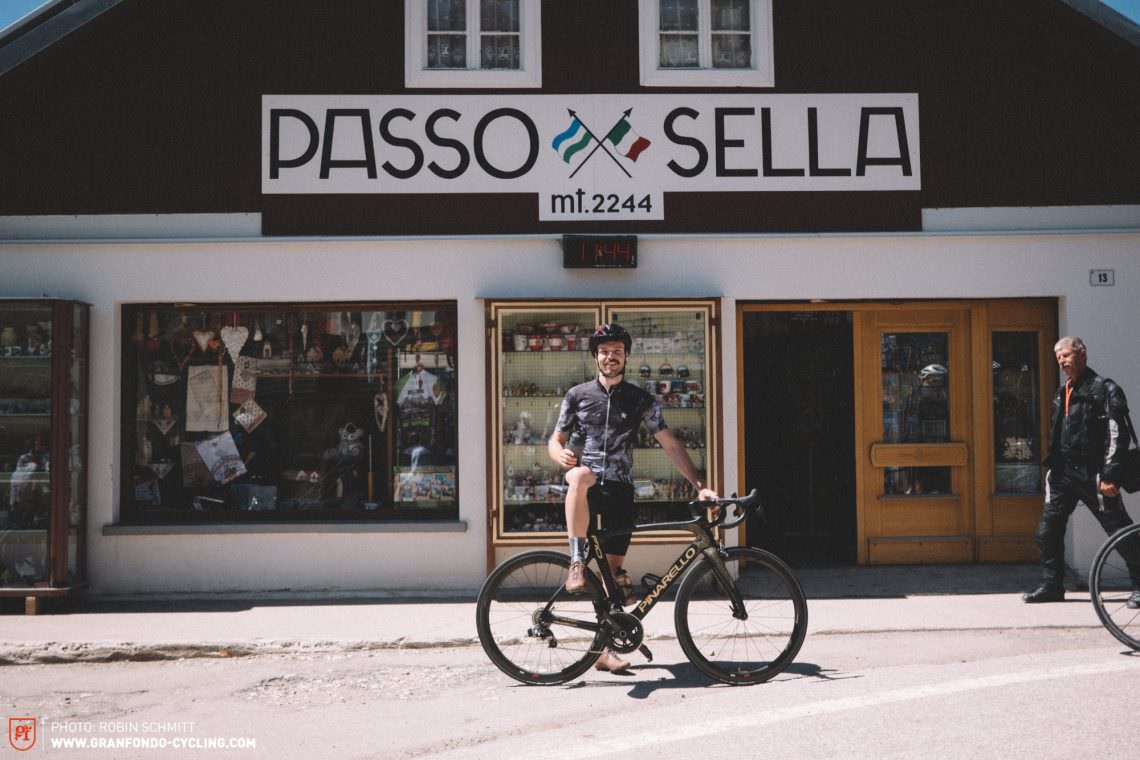
Since we’re a bigger fan of our own experiences than the ones of the big stars we rented a Pinarello Dogma F10 and took it to the Dolomites to ride the Alta Badia. The wind in your beard the breeze in your hair, the sweat of legendary mountain passes rolling down your forehead and the glory of 26 Grand Tour winners from the past and the present between your legs – an extraordinarily good feeling. Viva l’Italia!
More info: pinarello.com
Did you enjoy this article? If so, we would be stoked if you decide to support us with a monthly contribution. By becoming a supporter of GRAN FONDO, you will help secure a sustainable future for high-quality cycling journalism. Click here to learn more.
Words: Robin Schmitt Photos: Robin Schmitt





